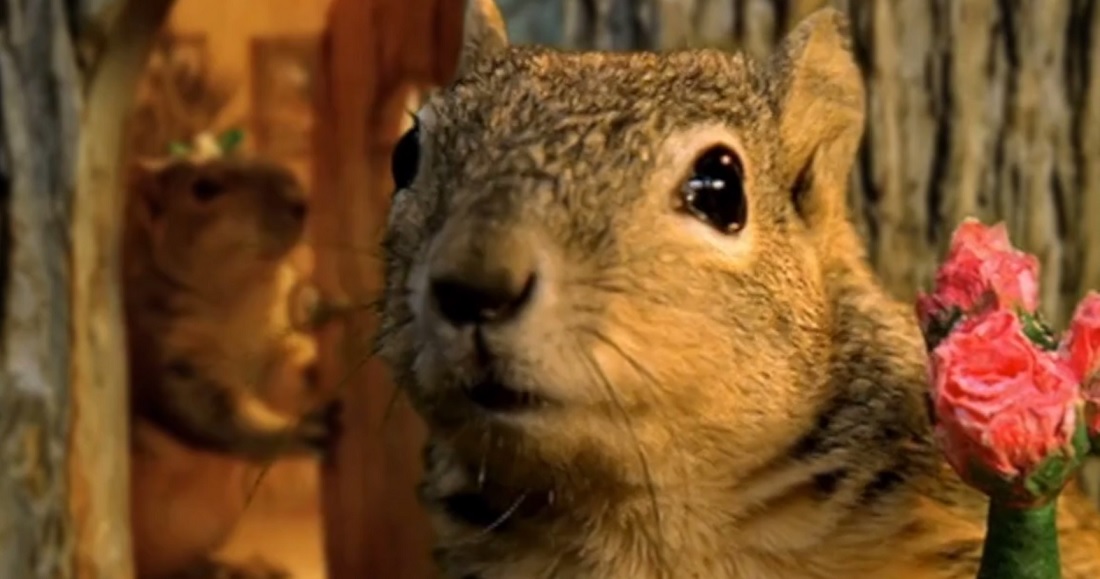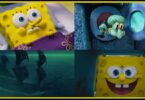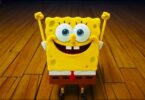by Apollo Films Team Member Clark Anderson
We’re all familiar with the many iconic animated characters that have represented brands throughout the history of advertising. They’ve become part of our culture and proven to get our attention and help us remember the brands they represent. There’s no doubt that an animated character campaign is still very effective in today’s digital world, helping a product or company break through the clutter in our over-saturated media landscape.
As a veteran Animation Director / Designer, I have designed, animated, or updated many national characters for brands like Geico, Nasonex, Mucinex, SunMaid, Chicken of the Sea, Fox Sports, The Charmin Bears, and P&G to mention a few. I have also animated existing characters for Keebler, Nabisco, 3M, La-Z-Boy, and numerous other national and local products. It’s an interesting and fun process, that has fortunately become more accessible as CG software and production technologies have advanced exponentially in recent years, streamlining the process and costs.
For those who are interested, I have outlined the steps in creating and animating a 3D, CGI character. Like most things in production, it’s a process that requires key approvals at each building stage, so there’s less chance of having to undo and repeat foundational steps.
Design – Like any design process, we first listen carefully to a client’s criteria, goals, and specifications for a character’s personality, back-story, functionality, look, strategy, and purpose. With that information we start with sketches to explore variations on body proportions, facial features, textures, fur, wardrobe, as well as expressions and attitude studies. Once those sketches are approved, we move onto detailed Photoshop paintings to show the particulars of texture, color, and lighting. Once everyone is happy with the 2D design of the character we move into 3D.
Modeling – With approved 2D designs, we then create a 3D digital model using powerful sculpting software, allowing us to show the character (in a neutral pose on a turntable) from all angles in 3D space. At this phase we’re looking for approval of body and prop proportions, anatomical details, and the understructure details of the face, extremities, hands, etc.
Rigging and Modeling Details – Once the stationary core model is approved, the character needs to be “rigged” in order for it to be animated. This is basically building an underlying skeleton system that contains control points an animator manipulates to create poses with. The complexity of these rigs depends on how much the character has to bend, stretch, twist, etc. In places where more detailed movement is required – like an expressive face – more controls are added. In more complex character models, we may need extra modeling to create a character’s muscle system with volumes animating as shapes, poses, and expressions change. The complexity of this phase depends on the character and it’s style (graphic or photorealistic), but also if it’s going to be used in 4-5 scenes in one commercial, or be an ongoing or leading character in a long-running campaign or a feature film.
Shading, Pre-light and Texture – Up to this point we’ve been using a grey, flat-shaded model. Once we have the core model tested and approved, it’s time to test preliminary lighting to see how the character interacts with different lighting environments and how it integrates into its surroundings; whether that will be live action or graphic worlds. Fur, hair and clothing are all similarly setup, along with special attention paid to the all-important eyes and how they interact with various environments. This completes the building phase of the character that is now ready to animate, perform, and integrate into each scene.
Integration with Background Environments – If the character is going to be in a CG environment, lighting and integration are fairly straightforward since all elements will exist in the same digital space. However if the character will eventually be combined with live action scenes, special consideration are required during the shoot. Basically the animation team needs to collect all of the details of the live scene, to include its lighting, camera movement, lens info, distance from camera, etc. This is so all of that data can be simulated and recreated in the digital space in postproduction, making it possible to track, light, and make sure the character feels like it belongs in each scene.
Editing, Tracking & Blocking – Whether starting with live action or graphic backgrounds, a rough cut or “animatic” is created to block, stage, or compose each scene and to rough out the basic choreography and timings for each scene. At this stage, only rough grayscale stand-ins of the characters and key props are used. Once this foundation is approved, each of the above stages gets more and more refined as the production proceeds.
Choreography and Animation – Finally, we are ready to start on character movement and animated performances. Starting with choreography, we concentrate on the character’s timing and movement through each scene. After we’re about 80% through with choreography, we start detailing the facial performance (acting), the subtle movements of hands, the nuances of weight and secondary actions and lip sync. This is where the character really “comes to life.” In collaboration with the client, we continue to refine until the performance is approved.
Color and Lighting – Although we have already tested and pre-lit the character earlier, we now have to refine each scene to balance and integrate the character into its environments. Every hair, every highlight and shadow, every cast shadow, and every texture is balanced, along with depth of field, motion blur, and atmospherics. This is rendered into each scene and also refined, as each scene is composited with all of its other components, creating one cohesive, visually integrated and balanced whole. Edit it all together, and viola – an animated spot is born!
I hope this simplified how-to is informative. Character animation is a lot of fun, and like most creative production, it’s a highly collaborative and satisfying process. Is it time to consider animation as part of your brand and image? If so, we at Apollo Films can help you from design through delivery. Let’s play!









